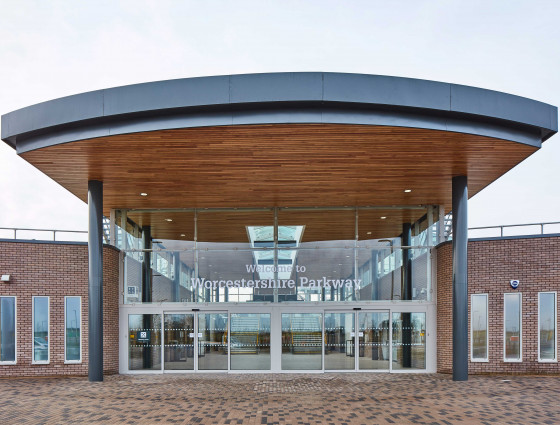
Worcestershire Rail Investment Strategy
Providing low carbon travel choice, and the potential for enhanced connectivity to high growth economies throughout the country for businesses and residents.
We invited comments on our revised draft Worcestershire Rail Investment Strategy (WRIS2) during October 2022. The strategy has been produced to update on the original Rail Investment Strategy which was adopted in 2017, which was influential in securing much needed rail investment in rail infrastructure and facilities in the county.
The new revised draft Worcestershire Rail Investment Strategy (2022 to 2050) strategy updates the 2017 strategy, reflecting the changes in the industry, ongoing recovery from covid, review of local plans and achievements to date.
It sets out the priorities for rail investment is the county, recognising the need for partnership across the rail industry to ensure delivery. The strategy looks to the future setting timelines for delivery to 2050.
Download: Worcestershire Rail Investment strategy 2022 to 2050 (PDF)
Original Rail Investment Strategy adopted in 2017
We adopted its ambitious Rail Investment Strategy to make a strong case for enhanced County rail connectivity in November 2017.
Connectivity improvements can be achieved via local and long-distance rail services, to both regional and UK wide economies in order to promote the Prior to adoption in November 2017, a consultation on the draft Worcestershire Rail Investment Strategy took place over an 8 week period until 11 August 2017, to obtain feedback on the proposals from the public and stakeholders.
This strategy includes the rail schemes contained in the draft Local Transport Plan 4 plus any additional longer term rail aspirations for the county and looks at how these can be developed and prioritised.
The Strategy focuses on four overarching themes for rail service development. Specifically:
- two trains per hour Worcester to Paddington
- one train per hour Kidderminster/Droitwich Spa/Worcester/Paddington
- additional calls at Worcestershire Parkway for Bristol/ Manchester and Plymouth/Newcastle services
- regional service between Kidderminster and Bromsgrove, Worcester and Cheltenham Spa, Gloucester and Bristol
This is supported by key aspirational infrastructure schemes, essential to facilitate this new connectivity, including:
- North Cotswold line capacity upgrade
- Worcester Area and Droitwich Spa to Stoke Works capacity upgrade
- Worcester Shrub Hill station regeneration
- electrification of both the Bristol to Birmingham and Snow Hill lines
- new car park capacity and/or new stations
 Facebook
Facebook X
X Email
Email WhatsApp
WhatsApp Messenger
Messenger